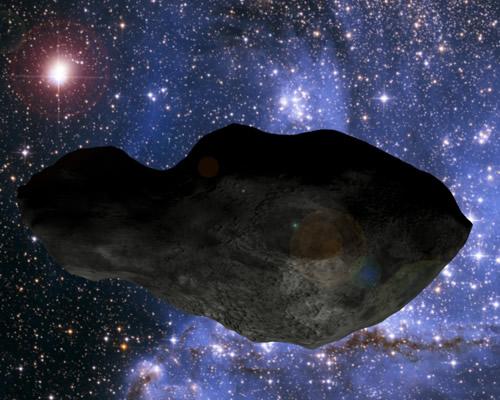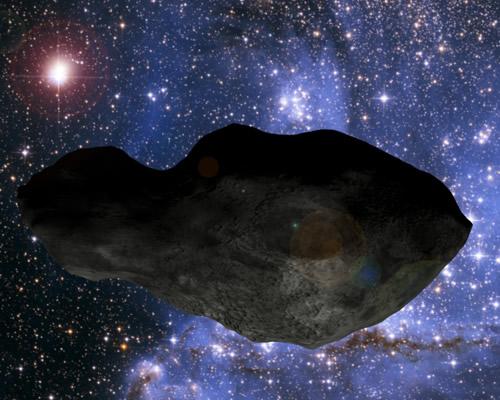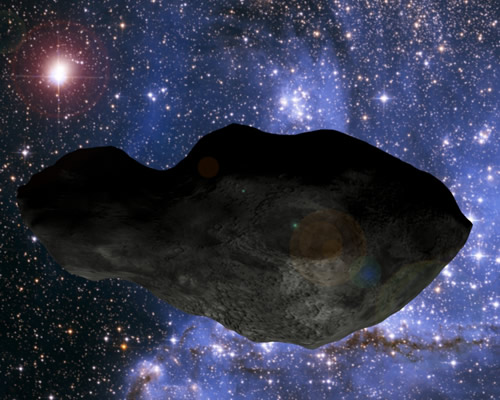A Virginia-based company announced Tuesday that it will aim to mine asteroids near Earth for precious metals, water, and other materials, making it the second firm to release such an announcement in several months.
The company, Deep Space Industries (DSI), stated that it will launch its Firefly fleet of spacecraft in 2015 to evaluate close-by asteroids. The company will start mining the asteroids before 2025, according to a press release.
“This is the first commercial campaign to explore the small asteroids that pass by Earth,” said DSI Chairman Rick Tumlinson in the release. “Using low cost technologies, and combining the legacy of our space program with the innovation of today’s young high tech geniuses, we will do things that would have been impossible just a few years ago.”
Last April, another asteroid mining company, Planetary Resources, revealed that it would similarly prospect and later mine near-Earth asteroids. Planetary Resources is seeking to mine the asteroids’ platinum reserves.
The Fireflies weigh around 55 pounds each and will spend two to six months in space, according to DSI. In 2016, the company will send up larger, 70-pound Dragonfly spacecraft to bring back samples of the asteroids, returning between 60 and 150 pounds.
“My smartphone has more computing power than they had on the Apollo moon missions,” Tumlinson said. “We can make amazing machines smaller, cheaper, and faster than ever before. Imagine a production line of Fireflies, cocked and loaded and ready to fly out to examine any object that gets near the Earth.”
Potentially, asteroids have extremely valuable resources including platinum, silicon, nickel, and water—which could be broken down into hydrogen and oxygen to make rocket fuel, meaning the asteroids could be used as refueling areas.
“More than 900 new asteroids that pass near Earth are discovered every year,” DSI CEO David Gump said in the release. “They can be like the Iron Range of Minnesota was for the Detroit car industry last century—a key resource located near where it was needed. In this case, metals and fuel from asteroids can expand the in-space industries of this century. That is our strategy.”
When Planetary Resources announced that it would mine asteroids, it stated that a 1,640-foot asteroid rich in platinum could contain as much platinum as all the platinum mined in human history.
In the press release, DSI stated that NASA officials have been briefed on their plans, adding that potentially manned Mars expeditions could be less expensive and more efficient if they could use an “asteroid-derived propellant.”
“Missions would require fewer launches if the fuel to reach Mars were added in space from the volatiles in asteroids,” the release stated.






